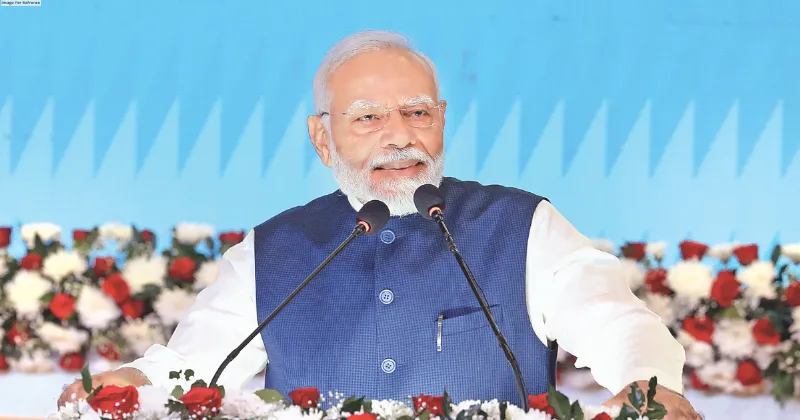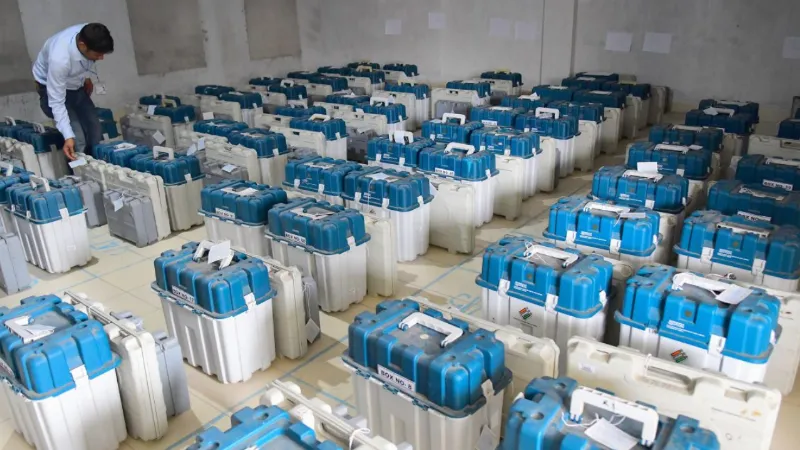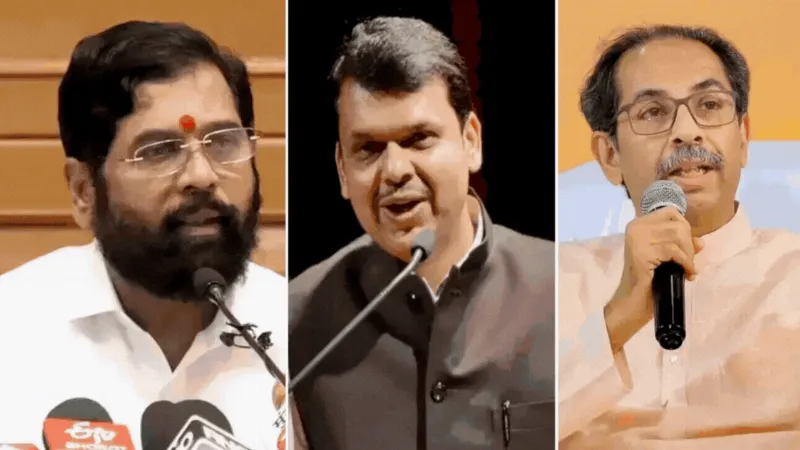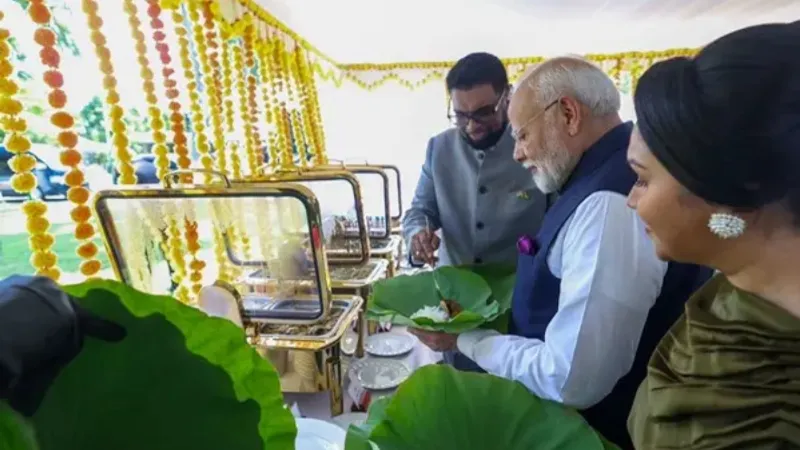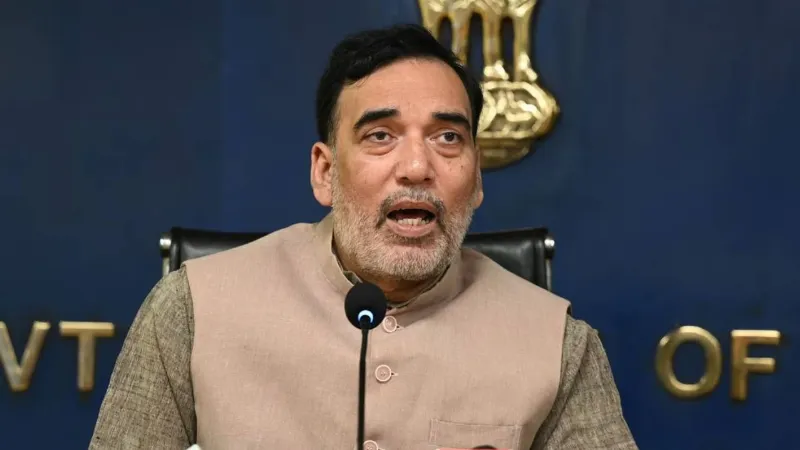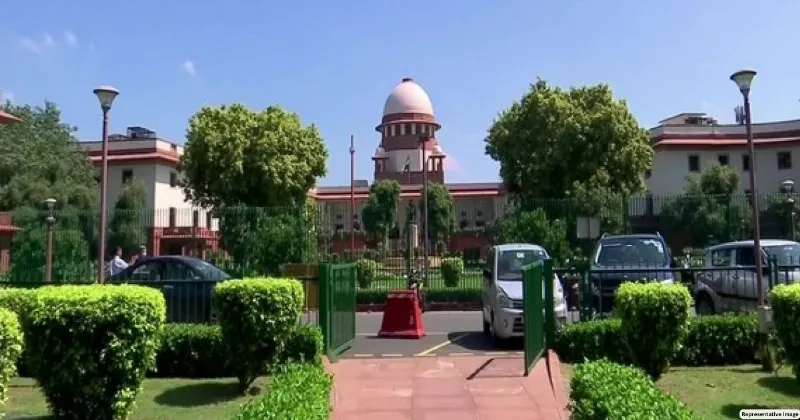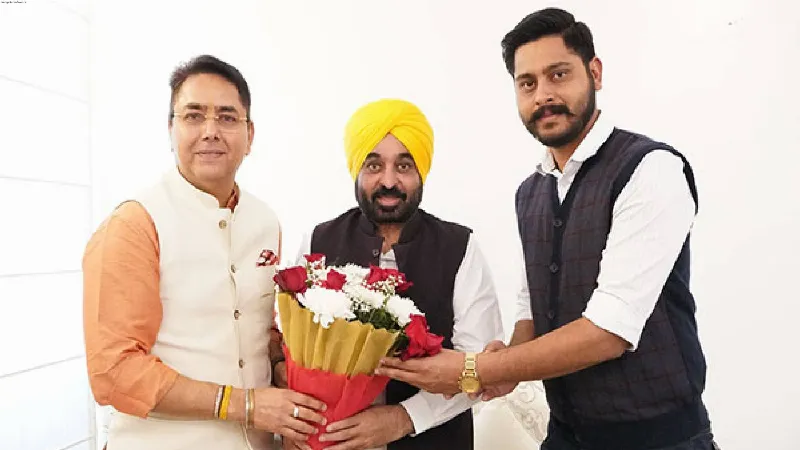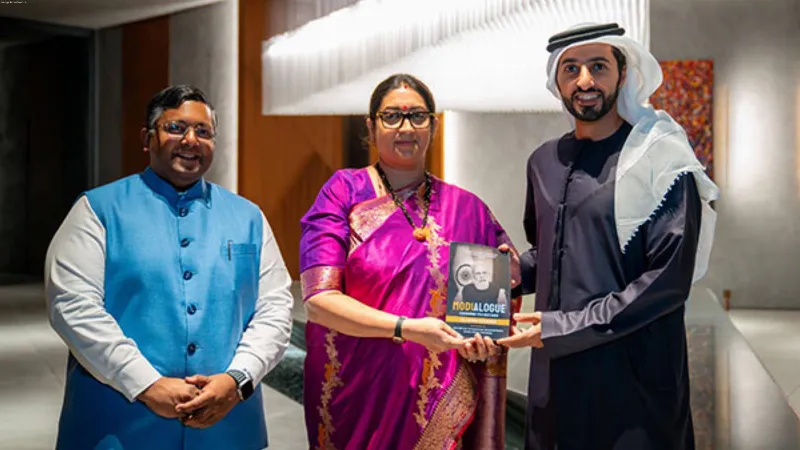RECENT WARS AND INFERENCES FOR INDIA

No two wars are identical. My observations of the three wars of 2020s (Azerbaijan and Armenia, Ukraine War continuing for over 22 months and Israel – Palestine conflict since October 23) reveal insights into the changing nature of warfare, the impact of new technologies influencing it and the new dimensions of strategies adopted by the military and political leadership to prolong the war if an immediate solution for victory is not imminent.
The war of Europe and Middle East have broken many mistaken beliefs. An anti-thesis to common myth that there is no place for sustained and extended wars in a world of economic inter dependency has established itself into the domain of new and emerging concepts of strategies and mindset about future conflicts.
War in Europe has shown unique and new dimension of multi-domain warfare. While on one side, super power Russia pressed into action its conventional fire power along with the tools of hybrid war, on the other side, Ukraine has very sagaciously responded to Russian onslaught by integrating its conventional forces, special forces and irregular forces with innovations to suit the battlefield conditions. Though, the ground operations are restricted to Ukrainian soil yet, a numerically weaker and technologically inferior Ukraine has held on for over 650 days.
In my opinion, all military conflicts reach a watershed moment where crucial turning points decide a shift during combat. Russia faced it on 13th September 23, when Ukraine struck Sevastopol, the home to the Black Sea fleet of Russia. Ukraine’s perfect and bold audacity of striking Russian fleet by missiles and speed boats rattled Russian leadership to shift base to Novorossiysk. The socalled super power’s Black Sea fleet was pushed into a retreat by a small country that hardly had a navy in existence.
Now, reading the war in middle East, Israel the superior side, depended only on technology in the initial period and disregarded the boots on ground. Without acknowledging that technology can never substitute HUMINT when fight is against terrorism. Had Israel integrated human and technological intelligence, it wouldn’t have failed to know about Hamas’s preparations for war.
Consequently, if we talk of India, our all wars were dependent upon imported equipment and arsenal. Can this system continue in the present where a shift in the geopolitical landscape is forcing the world for such futuristic battle zones which will be less dominated by conventional ammunition and more contingent with Advanced Digital Technologies.
So, the question arises, what India needs to do to dominate its enemies on the Western, Northern & North Eastern borders? As an analyst of military affairs, I would suggest a fourpronged strategy to ensure a win win situation. Firstly, we need to restructure and review our command-andcontrol system to amalgamate the hybrid war into it? As on today, India lacks the ability to merge and mix hybrid elements with conventional forces. We need to identify all elements of national resources that can be leveraged to fight future wars under one platform of military command.
Secondly, Drone warfare and counter-drone capabilities are two sides of the same coin. We not only need capabilities of stateof-the-art armed drones; we also need to build upon counter drone capabilities to protect various assets on ground. Drone and counter drone formations should be made an integral part of our military Command structure.
Thirdly, to secure communications during war and peace time we must develop our own semiconductors Industry. Or else, the systems will remain vulnerable to foreign influences when we need them the most. Also, time has arrived for India to have its servers on home land instead of allowing vital data migration to a foreign dominance.
Lastly but not the least, the Israel war demonstrates that an astounding 1 is to 4 death ratio between soldiers and officers is needed to lead and win a war if unempowered, poorly trained and not so motivated group of Agniveers (conscripts) is to be taken to war. Therefore, the authorities that may be should ensure a very high degree of motivation, dedication and patriotism amongst officer cadre and consider every change critically before breaking the time-tested traditions and customs of armed forces.
In future-gazing, India needs to focus on technology as the main element to shape our capabilities of influencing the character of future battles. Greater investments in Make in India will make the armed forces future-ready and the domestic production of weapons will ensure uninterrupted supply of war resources in a prolonged and sustainable war.
THE VIEWS EXPRESSED BY THE AUTHOR ARE PERSONAL
Col Anupam Jaitly (R) The writer is defence expert, motivational speaker and corporate trainer

